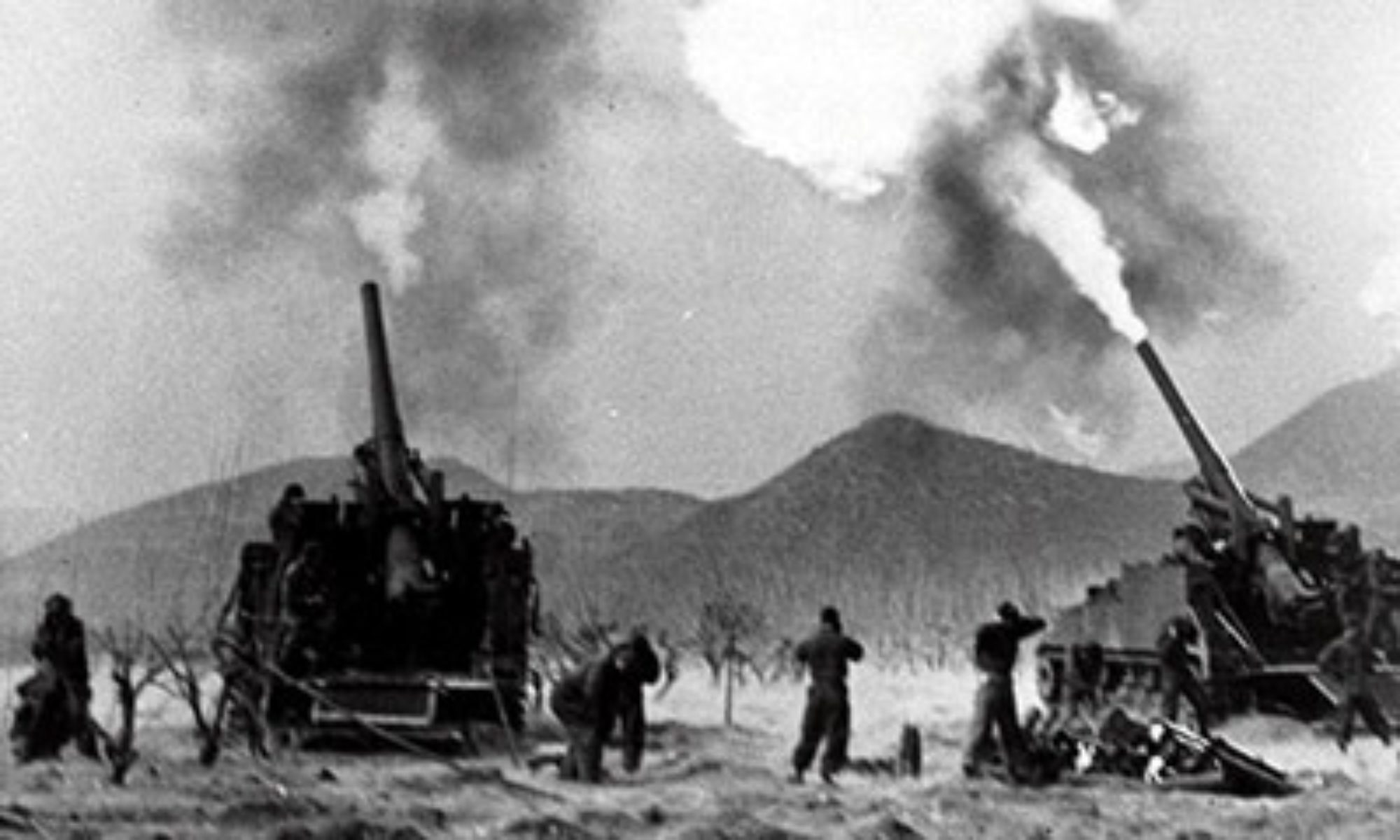On December 27, 1978, King Juan Carlos I of Spain certified the new constitution, marking the country’s full transition to democracy. The constitution had been ratified on December 6, 1978 and came into force on December 29, 1978. This marked the end of Francoist-era authoritarian rule, since the new constitution repealed the “Fundamental Laws of the Realm” constitution of Francisco Franco.
On November 22, 1975, Juan Carlos became King of Spain after the death of Francisco Franco two days earlier. Franco had ruled Spain as a dictator since emerging victorious in the Spanish Civil War in the late 1930s. As his health declined, Franco appointed Prince Juan Carlos as his successor in 1969, which was approved by the Spanish parliament on July22, 1969. Juan Carlos also temporarily took over as the country’s head of state during periods of Franco’s incapacity in 1974 and 1975.
Franco had hoped that Juan Carlos would continue the government’s ultra-conservative and authoritarian policies. Instead, King Juan Carlos dismantled Franco’s totalitarian regime and transitioned Spain into democracy and a parliamentary monarchy. In June 1977, Spain held general elections, the first free elections since 1936 before the outbreak of the Spanish Civil War. The following year, a new constitution was promulgated.
Taken from Spanish Civil War – Wars of the 20th Century – Volume 3)
Aftermath Following the war, General Franco established a right-wing, anti-communist dictatorial government centered on the Falange Party. Socialists, communists, and anarchists, were outlawed, as were free-party politics. Political enemies were killed or jailed; perhaps as many as 200,000 lost their lives in prison or through executions. The political autonomies of Basque and Catalonia were voided. These regions’ culture, language, and identity were suppressed, and a single Spanish national identity was enforced.
After World War II ended, Spain became politically and economically isolated from most of the international community because of General Franco’s affiliation with the defeated fascist regimes of Germany and Italy. Then with increasing tensions in the Cold War between the United States and Soviet Union, the U.S. government became drawn to Spain’s staunchly anti-communist stance and strategic location at the western end of the Mediterranean Sea.
In September 1953, Spain and the United States entered into a defense agreement known as the Pact of Madrid, where the U.S. government infused large amounts of military assistance to Spain’s defense. As a result, Spain’s diplomatic isolation ended, and the country was admitted to the United Nations in 1955.
Its economy devastated by the civil war, Spain experienced phenomenal economic growth during the period from 1959 to 1974 (known as the “Spanish Miracle”) when the government passed reforms that opened up the financial and investment sectors. Spain’s totalitarian regime ended with General Franco’s death in 1975; thereafter, the country transitioned to a democratic parliamentary monarchy which it is today.
